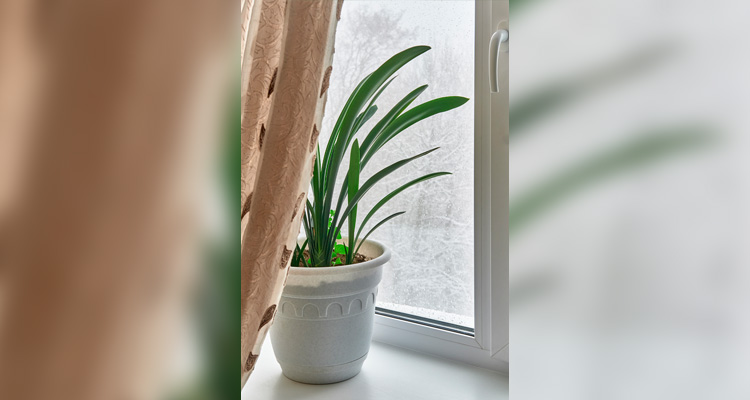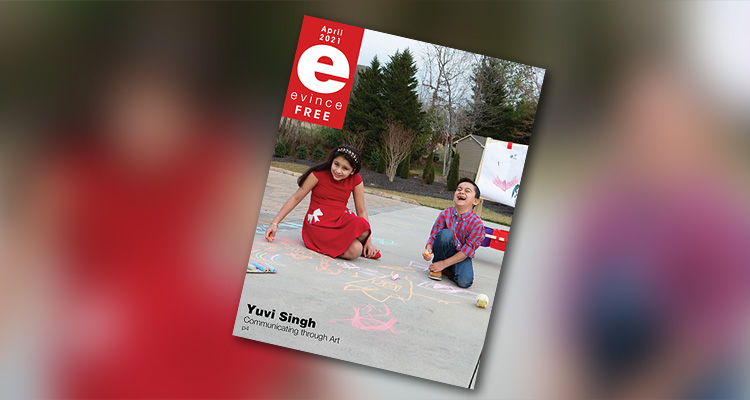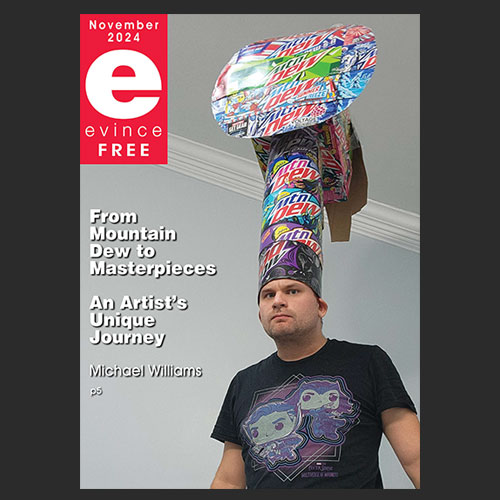Plant: You’ve staggered out of bed. About time.
Linda (shaking her head as if to reset it): I’ll never get used to this.
P: Get used to what?
L (yawning): To having a talking plant. You appear to be a morning plant. I’m not a morning plant, I mean, person. Come on, Plant. Let’s take a tour.
P: I like the sunrise. Seeing the drops of dew on surrounding leaves. And I do love a change of scene. Where are we going?
L: Let’s start out in the living room. There’s more of your kind in there. Okay for me to carry you?
P: How else would I get there? And what do you mean by more of my kind?
L: Well, they’re plants, but inarticulate. Normal. Green. Photosynthesizing.
P: That’s not an optimal place to put them when the heat is on.
L: Where? In the window?
P: On top of a radiator cover.
L: But the radiator’s in front of the window. The cover has a flat surface.
P: I know, but why put a significant heat source below a source of significant heat loss, meaning a window? Where else would an architect put a radiator? Along a wall? In the middle of a room?
L: I haven’t had coffee yet, and I’m discussing architecture and interior design. With a plant. But putting heat sources in the middle of a room makes sense from a family gathering and chatting perspective.
P: Like an electric firepit wired by design for interior use. Outdoor firepits are hot this year.
L: How would you know about firepits?
P: Home beauty magazine pictures.
L: From your previous owners.
P: A rapidly fading memory compared to the effervescent energy of this new space.
L: Ever-positive, Plant. You are a font of optimism. About the radiators … why isn’t putting plants on radiator covers next to windows optimal placement?
P: More ever-hopeful than ever-positive. The difference increases in direct proportion to the number of detailed explanations needed … As to plants, radiators get hot because they’re heaters. Heat dries out plant soil, which makes it harder to keep the soil moist and freely movable.
L: Was that crack about explanations a subtle slam, Plant? But interesting discussion. Freely movable?
P (speaking as if to a dimwit): So that roots can grow through it.
L: Oh. But if not on the radiators, where should I put the plants so that they can get some light?
P: Do I look like an architect or an interior designer?
L: Maybe this is why people install grow lights.
P: Is that something you’re going to do for me?
L: I really hadn’t considered it.
P: I’ve wondered about seasonal affective disorder. The planet’s poles are tipped the wrong way this time of year, reducing light intensity. Sometimes I’m sad. People sometimes have SAD, but what about plants? Is plant dormancy related to human seasonal affective disorder?
L: Plants sleep through the sadness. People have to weather it. I have a treatment light for seasonal affective disorder. Never have used it, though.
P: Why do you have it if you don’t use it?
L: People frequently ask me that about all my stuff. The answer’s generally that the universe just washed it up on my shores via a thrift store or a yard sale.
P: You and I both try to be open to unexpected gifts from the universe. Could you plug in the treatment light and put me next to it? Maybe I could have a growth spurt in mid-winter.
L: Or you could get sunburned or dried out or worse.
P: Good point. Maybe we should try 15 minutes to see if there are ill-effects. And time it so I don’t burn to a crisp.
L: Interesting that in addition to talking with a plant, I’m now doing science with a plant. Should I worry more about the plant … or about my mental state?
About the Author: Even when Linda Lemery’s llemery@gmail.com exploring highly improbable relationships between plant dormancy and human seasonal affective disorder, she welcomes reader comments.






